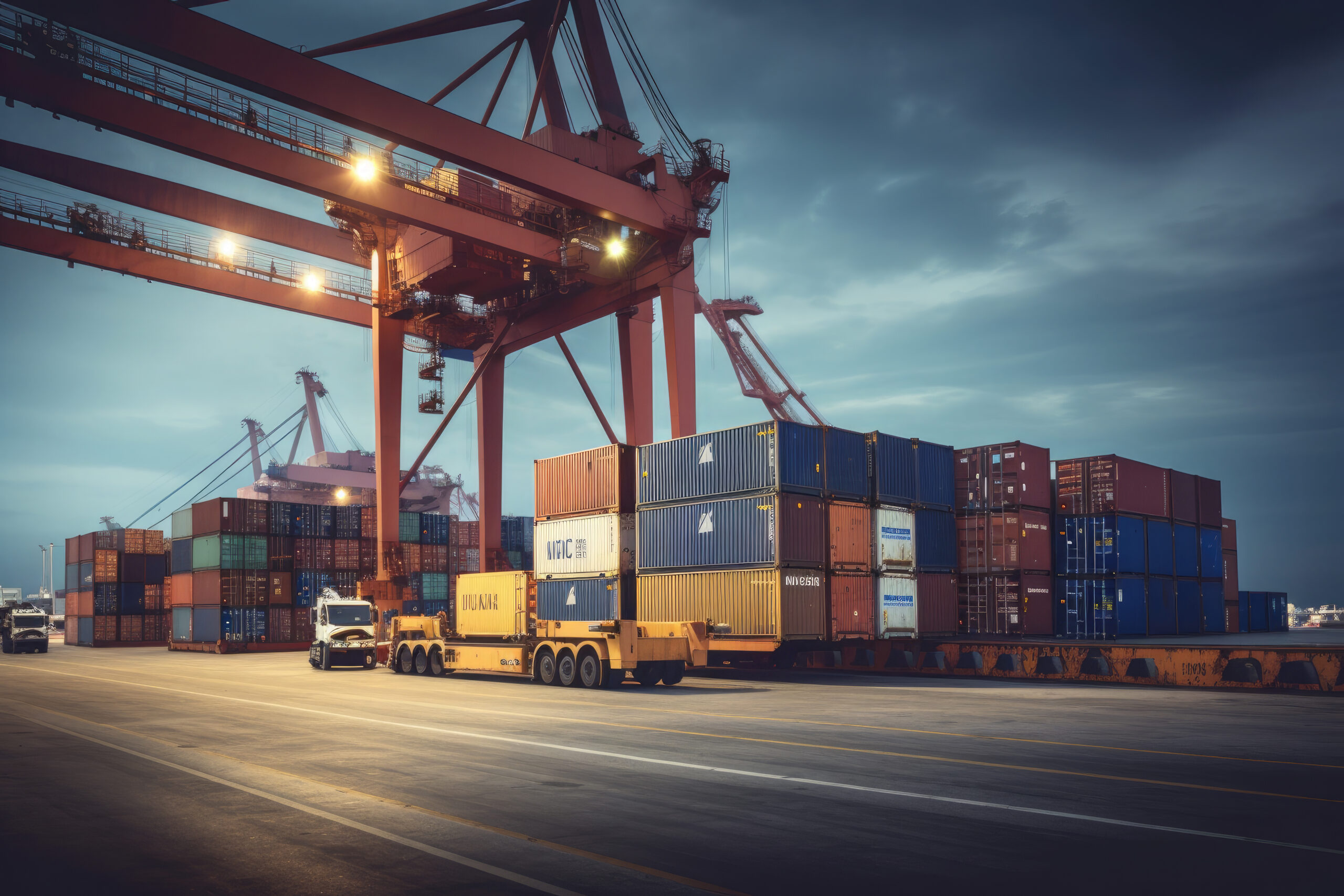The term “logistics” has its origins in the military domain and can be traced back to ancient Greece. The word “logistics” is derived from the Greek word “logistikē,” which referred to the art of calculating, ordering, and arranging military supplies. It was closely associated with the logistical support required to sustain and move armies in ancient warfare.
The concept of logistics gained prominence during the Roman Empire, where it played a crucial role in maintaining and expanding the empire’s vast territories. The Romans established an extensive network of roads, bridges, and supply depots to facilitate the movement of troops, equipment, and provisions.
In the modern era, logistics evolved significantly due to industrialization and the growth of global trade. With the advent of the Industrial Revolution in the 18th century, the need for efficient transportation and supply chain management became increasingly important. The rise of railroads and steamships enabled faster and more extensive movement of goods across long distances.
During World War II, logistics played a pivotal role in military operations. The scale and complexity of supplying troops, equipment, and resources to various theaters of war led to the development of advanced logistics strategies and techniques. After the war, many of these logistical practices were adapted and adopted by the business world.
In the post-war era, logistics gradually expanded beyond its military origins and became an integral part of commercial activities. The rapid growth of international trade, advancements in technology, and the emergence of global supply chains further propelled the importance of logistics in business operations.
Today, logistics has become a critical component of the global economy. It encompasses a wide range of activities, including transportation, inventory management, warehousing, distribution, and information systems. The advent of digital technologies has revolutionized logistics, enabling real-time tracking, supply chain optimization, and data-driven decision-making.
The logistics industry continues to evolve and adapt to meet the ever-changing demands of businesses and consumers. It plays a vital role in facilitating trade, supporting economic growth, and ensuring the efficient movement of goods and services around the world.


